Trading Applications of Japanese Candlestick Charting
$31.62
| Author(s) | , |
|---|---|
| Format |
|
| Pages |
316 |
| Publication Year |
1994 |
Designed to enhance and optimize any current trading methodology, Trading Applications of Japanese Candlestick Charting explores the fundamentals of candlestick charting, easily explaining how to draw and differentiate among primary candle types and patterns. From here, you’ll discover how to use candlestick charting in conjunction with such proven Western technical indicators as stochastic oscillator, Elliott Wave, moving averages, and Relative Momentum Index to swiftly analyze price data and obtain comprehensive depictions of market movement and trend definitions.
Introduction:
Part 1 will illustrate and explain some of the basic concepts of Japanese candle charts. Chapter 1 covers some of the fundamentals of Japanese candlesticks and compares basic differences between candlestick and bar charts as well as differences between Western and Eastern trading methodologies. Chapter 2 teaches principles necessary to create candlestick pole lines. It differentiates the three primary candle types and explains basic classifications necessary to enable one to identify the different candlestick characters. Chapter 3 introduces candlestick patterns. Advanced candlestick patterns-can be defined as any grouping of two or more candles in relation to one another. Chapter 4 discusses how one can combine candlesticks with Western technical indicators to create a true leading indicator.
Part 2 applies practical candlestick trading in individual market groups. Each chapter analyzes a different commodity group. Chapter 5 illustrates trading examples in the grain markets. Chapter 6 discusses practical trading application of the cattle market. Chapter 7 gives examples of trading the ‘‘soft commodities.” Chapter 8 provides trading examples in the energy markets. Chapter 9 shows candlestick trading examples in foreign currencies. Chapter 10 shows candlestick trading examples in the financial markets. Chapter 11 shows candlestick trading examples in the metals complex.
Part 3 looks at stock indexes and some of the individual equity markets that make up the Standard and Poor’s 500. Chapter 12 shows candlestick trading examples in the stock indexes and an intramarket candlestick analysis using the S&P 500, New York Stock Exchange index, Major Market Index, and Kansas City Value Line. Chapter 13 looks at individual equities with detailed analysis combining Western and candlestick techniques to create proper trading methodology.
Part 4 investigates computer-aided Japanese candlesticks analysis. Chapter 14 discusses the validity of computer-aided analysis for candlestick identification. It also introduces the creation and development of computer-aided software applications specifically designed for candlestick recognition. This chapter introduces simple pattern recognition techniques, development of a knowledge base, and utilization of expert systems technologies. Chapter 15 teaches the techniques necessary to combine Western technical indicators and filter candlestick patterns. We will look at various indicators to discern appropriate usage of Western technical indicators as filters.
Chapter 16 introduces the use and development of artificially intelligent computer software applications. It discusses the fundamentals of developing an artificial intelligence software application and defines and explains the differences between a pretrained and trainable neural network. The Conclusion combines and synthesizes Western technical indicators, Japanese candlesticks, and computer-aided analyses to create a synergistic approach to trading. It will introduce a new approach or trading methodology that incorporates Eastern and Western ideology.
Contents:
- Candlestick Fundamentals and History
- Candle Location
- Pattern Tables
- Using Candlesticks as Leading Indicators
- Grains
- Livestock
- Foods & Fiber
- Energies
- Currencies
- Financial Interest Markets
- Metal Markets
- Cross-Market Analysis of Equities
- Candlesticks and the Equities Markets
- Computers and Candlesticks
- Computer Filtering of Candlestick Patterns
- Artificial Intelligence, Candlesticks, and Western Technical Indicators
Trading Applications of Japanese Candlestick Charting By Gary S. Wagner, Bradley L. Matheny Pdf
2 reviews for Trading Applications of Japanese Candlestick Charting
Clear filtersOnly logged in customers who have purchased this product may leave a review.

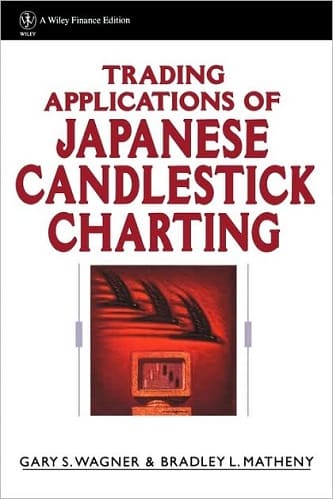
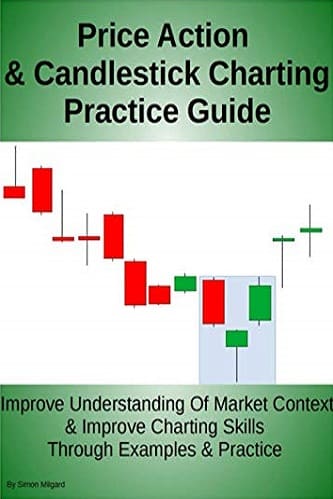
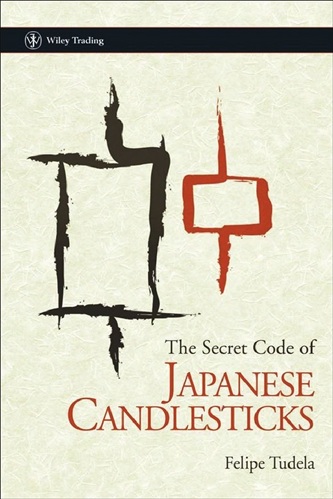

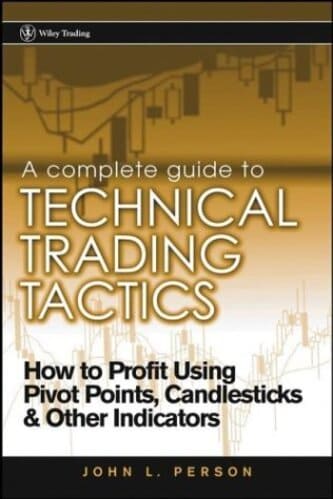
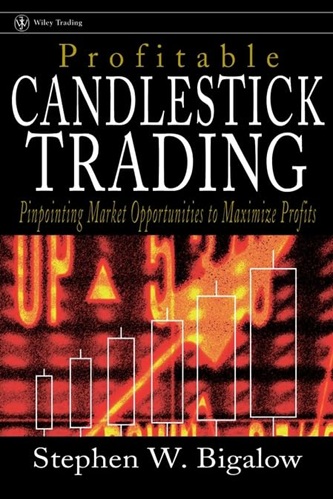
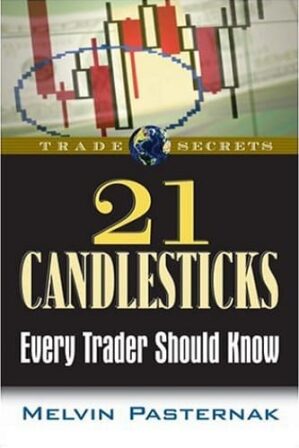
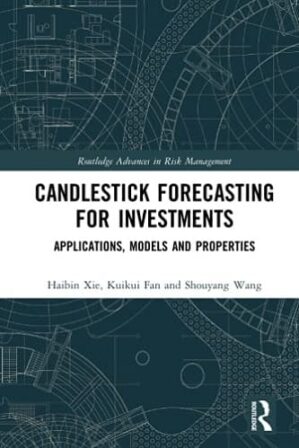
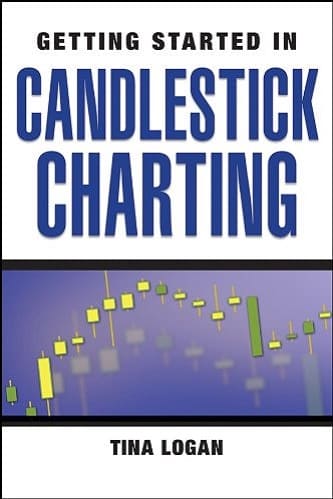
Melvin Ortiz (verified owner) –
I also have Gregory Morris, Candlestick Charting Explained published by McGraw-Hill. Morris’s book was good, Wagner’s book is better. Each of the authors present an analysis of each candlestick and the probable forecast of the future stock/commodities/market trends. While Morris provides interesting background data on each candlestick, the symbols are rather small. Wagner’s efforts are directed more toward actual application…using the candlesticks from day to day in our attempt to fathom the next stock or market move. Wagner’s charts are large–four symbols to a page. Wagner goes on to advise the reader of the need to run certain other programs (Fibonacci numbers, Bollinger bands) to confirm your interpretation of the meaning of the candlesticks. Where Morris provides a table of specific candlestick frequencies of occurrence, Wagner provides many pages of software code. I applaud the author’s intention to enable us to utilize a computer in the process of reading the specific candlestick from a bar chart. However, the code appears similar to what was taught in college in our first class in computers (basic)? A code using Excel or even Lotus 1-2-3 would be more helpful. The book is almost outstanding.
Ellison Kemp (verified owner) –
Wagner explains candlesticks in depth by illustrating different candlestick patterns. He analyze candlestick patterns in different markets such as commodities, currencies, and equities. Very excellent book to learn how candlestick shows the psychology of the market and possible reversal or continuation in trend.